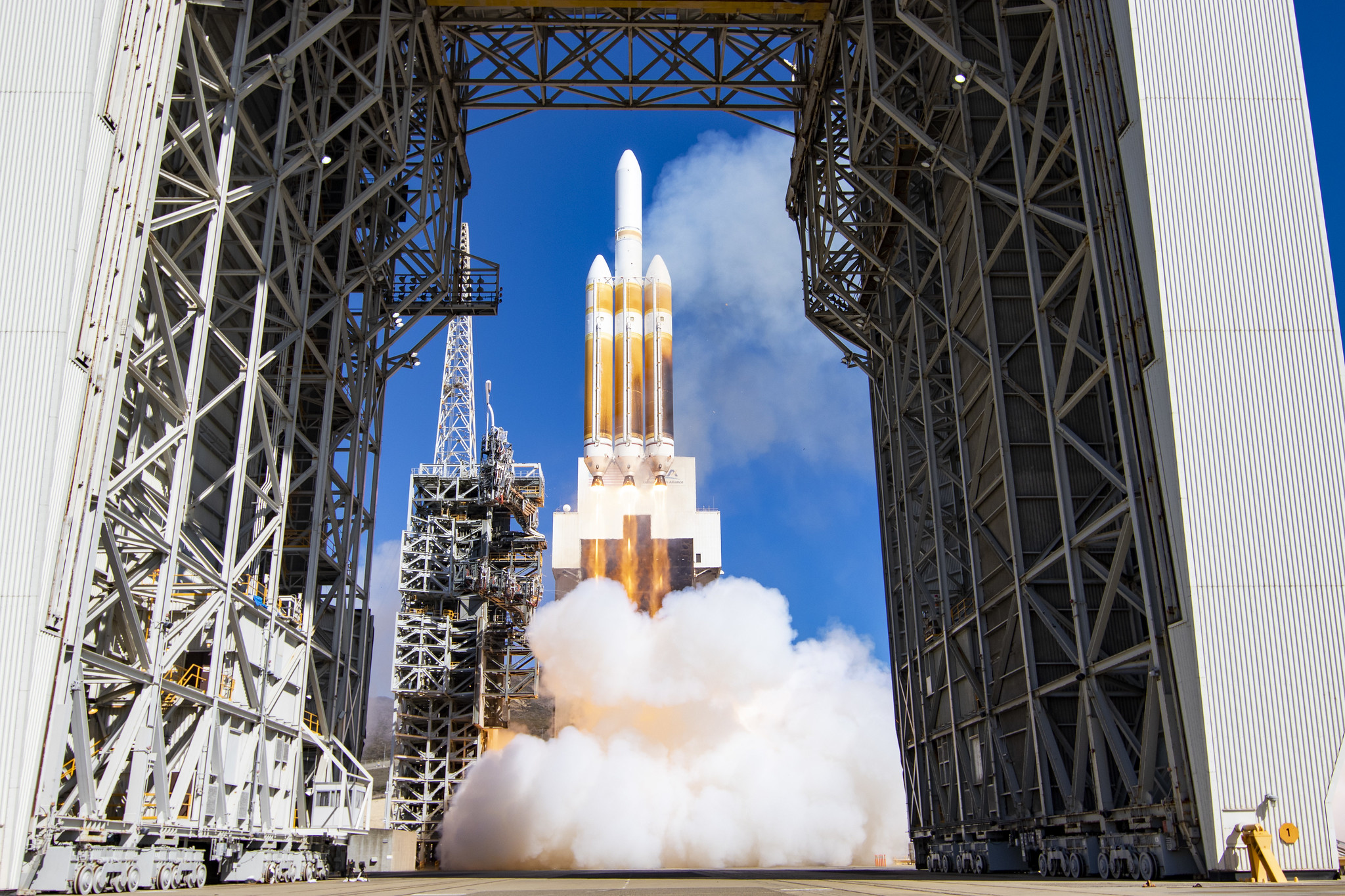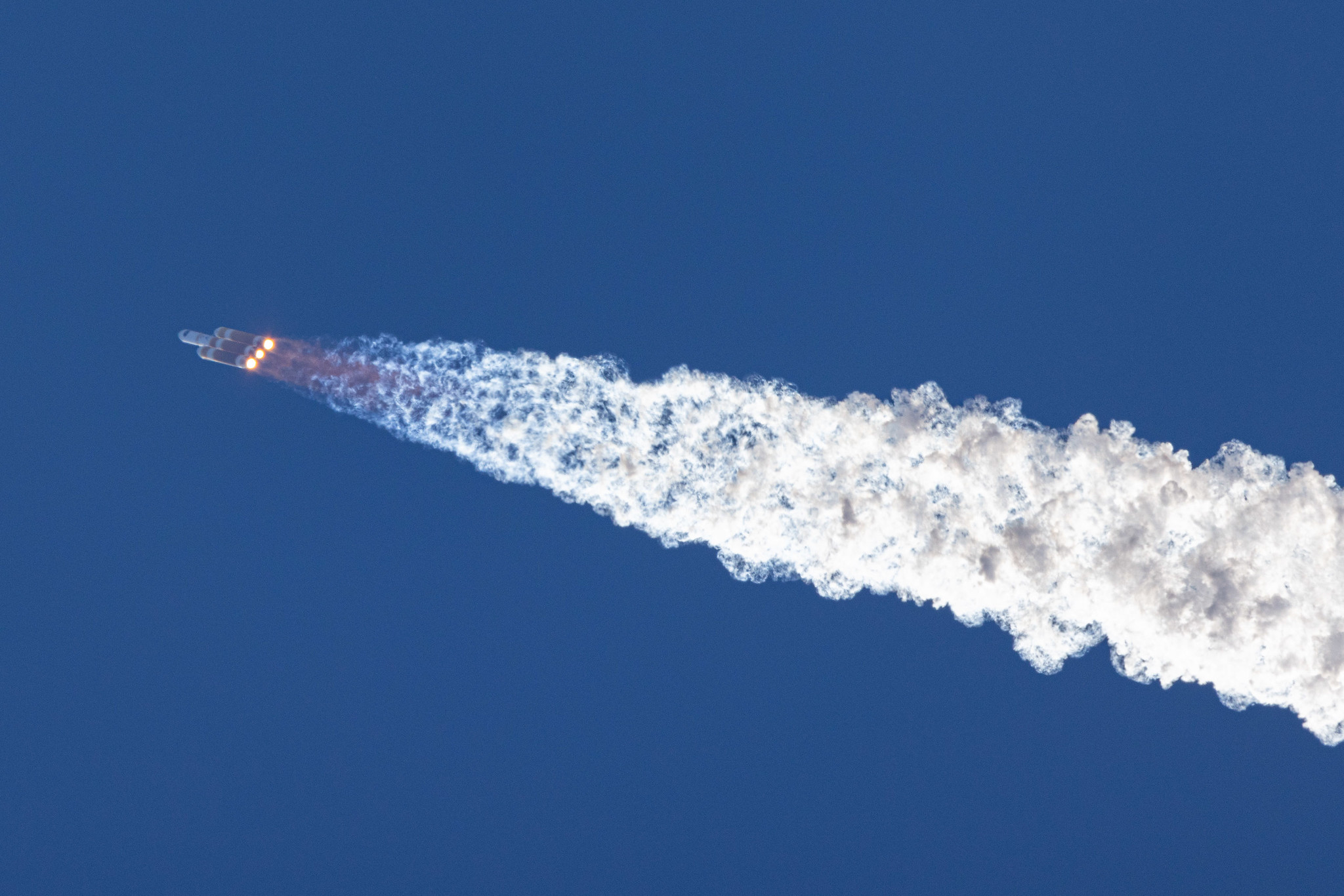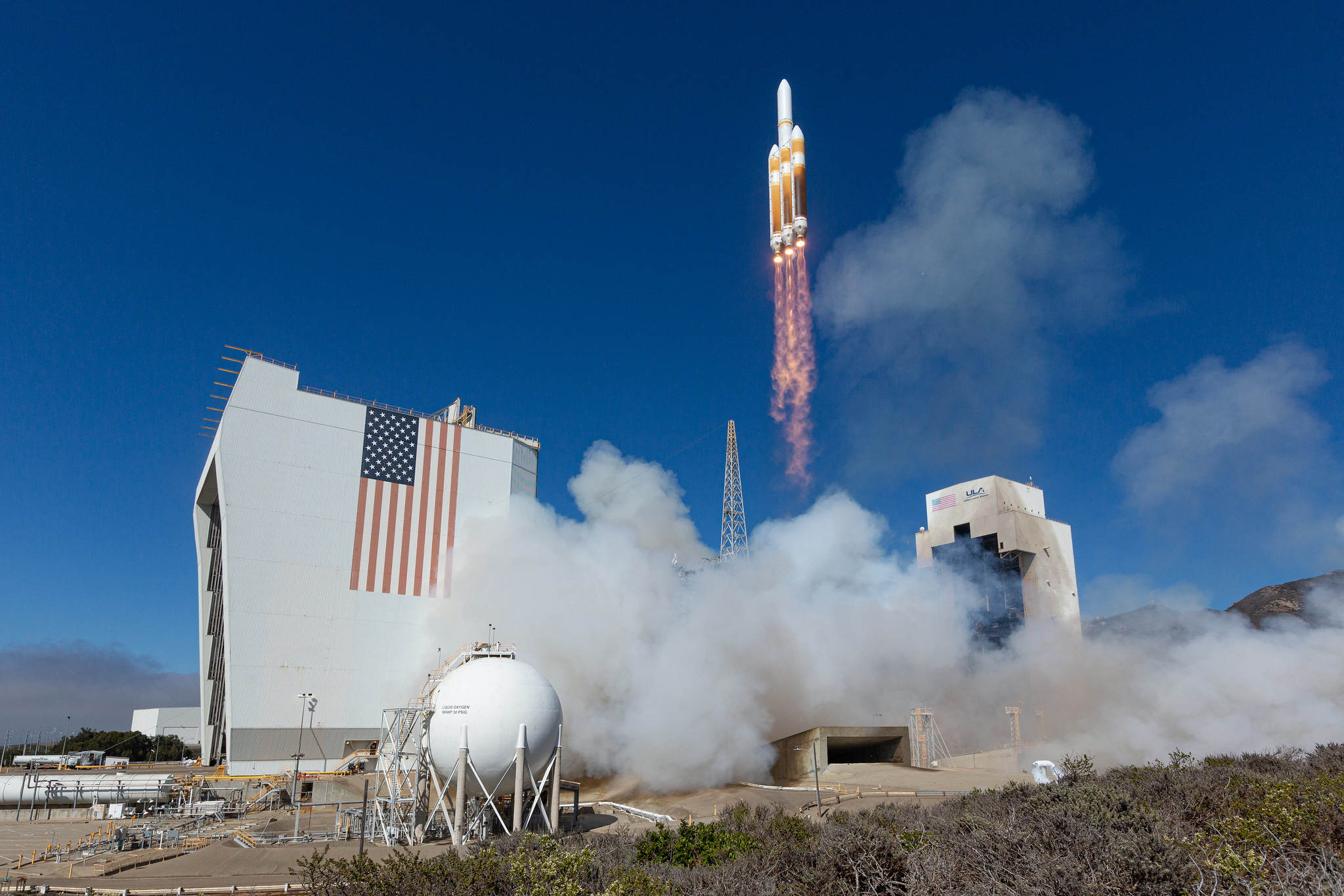See the mighty Delta IV Heavy rocket's final West Coast launch in these stunning photos
The massive rocket launched a classified satellite for the Pentagon.
So long, and thanks for all the classified satellites.
The mighty United Launch Alliance (ULA) Delta IV Heavy rocket launched from Vandenberg Space Force Base in California for the final time on Saturday (Sept. 24). The mission, known as NROL-91, blasted off at 6:25 p.m. EDT (2225 GMT; 3:25 p.m. local time) from Vandenberg's Space Launch Complex-6.
The Delta IV Heavy's final West Coast launch saw the rocket place a classified satellite into an unknown orbit on behalf of the U.S. National Reconnaissance Office (NRO), an agency within the Department of Defense tasked with operating spy satellites and disseminating the intelligence they gather throughout the U.S. military and intelligence communities.
Related: Delta IV Heavy: Powerful launch vehicle

United Launch Alliance has two more Delta IV Heavy launches planned; one in 2023 and the final in 2024. Both will launch from Florida.

A United Launch Alliance (ULA) Delta IV Heavy rocket carrying a critical payload for the National Reconnaissance Office (NRO) lifted off with the NROL-91 mission from Space Launch Complex-6 on Sept. 24.

The launch marked the 14th total launch for the Delta IV Heavy.

The launch of the NROL-91 mission marked the final west coast launch for the rocket.

The 217-foot-tall (66.2 meters) ULA Delta IV Heavy has been flying since 2004.

The Delta IV Heavy has been used mainly for spy satellite launches on behalf of the NRO, but two missions have been for science on behalf of NASA.
The 217-foot-tall (66.2 meters) ULA Delta IV Heavy has been in service since its first flight in 2004. The rocket was built by McDonnell-Douglas (which was later acquired by Boeing) and can launch to geosynchronous transfer orbit payloads weighing between 11,060 and 15,470 pounds (5,020 and 7,020 kilograms).
Most of the rocket's 14 total flights launched classified payloads for the NRO, but NASA has also used the Delta IV Heavy to boost scientific missions into space. The space agency's Parker Solar Probe was launched atop the rocket in 2018, while the Artemis program's Orion crew capsule took its first test flight in 2014 after being launched from a Delta IV Heavy.
ULA has a new massive rocket on the horizon to replace the Delta IV Heavy, called the Vulcan Centaur. The company hopes the behemoth will make its first flight later this year with a mission that will see the ashes of late "Star Trek" creator Gene Roddenberry and "Trek" actors Majel Barrett Roddenberry and James "Scotty" Doohan launched into space.
Get the Space.com Newsletter
Breaking space news, the latest updates on rocket launches, skywatching events and more!
The ULA Delta IV Heavy will launch two more missions, both of which are likewise on behalf of the NRO, from Florida's Space Coast. Those two launches will occur in 2023 and 2024, respectively, if all goes according to plan.
Follow Brett on Twitter at @bretttingley. Follow us on Twitter @Spacedotcom or on Facebook.
Join our Space Forums to keep talking space on the latest missions, night sky and more! And if you have a news tip, correction or comment, let us know at: community@space.com.

Brett is curious about emerging aerospace technologies, alternative launch concepts, military space developments and uncrewed aircraft systems. Brett's work has appeared on Scientific American, The War Zone, Popular Science, the History Channel, Science Discovery and more. Brett has English degrees from Clemson University and the University of North Carolina at Charlotte. In his free time, Brett enjoys skywatching throughout the dark skies of the Appalachian mountains.









